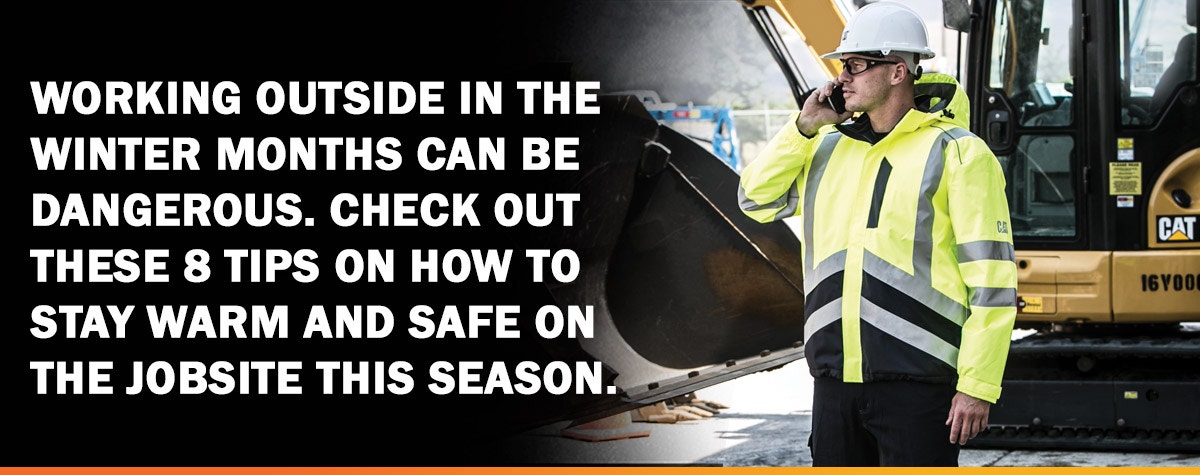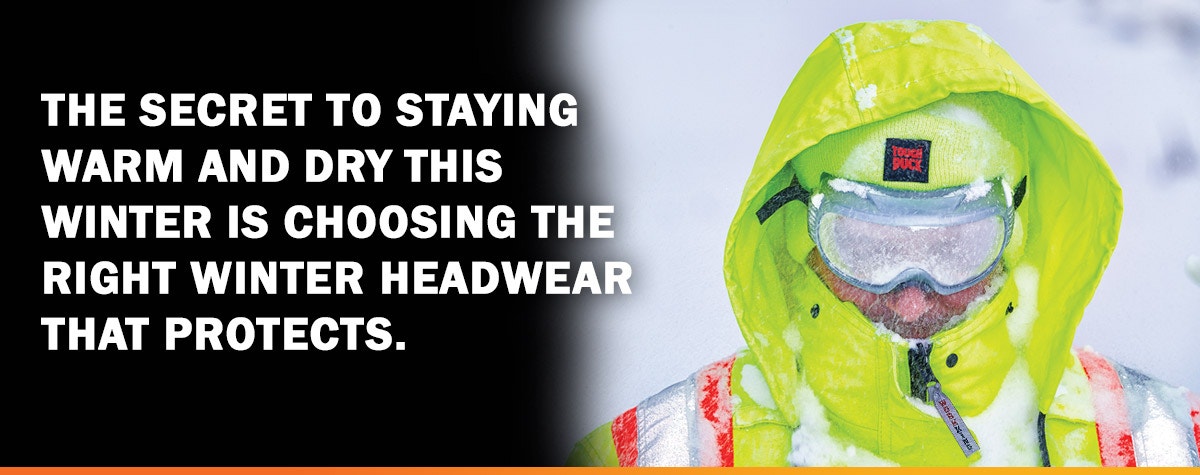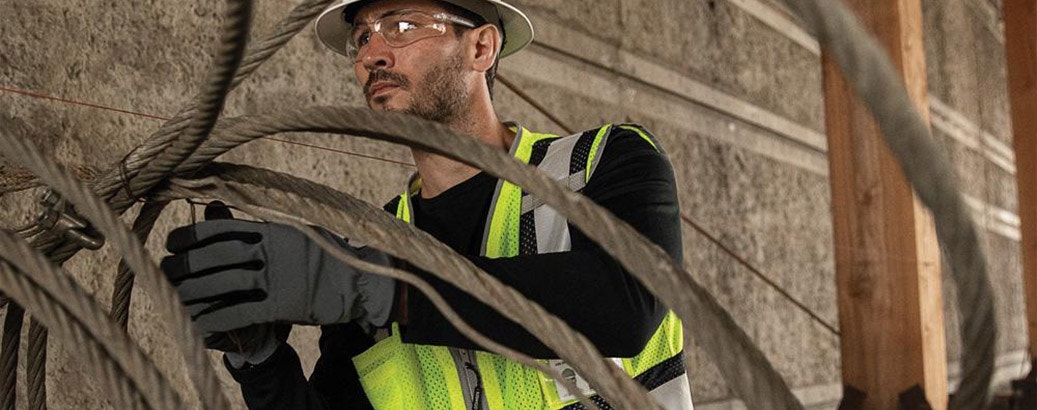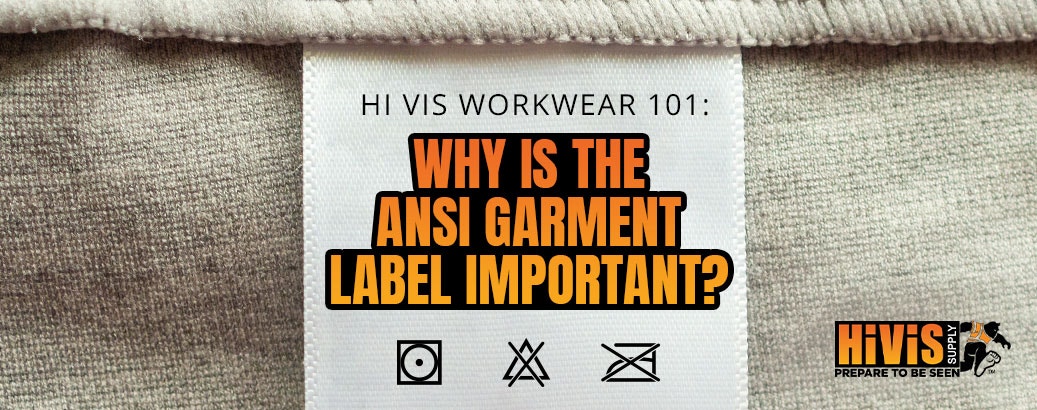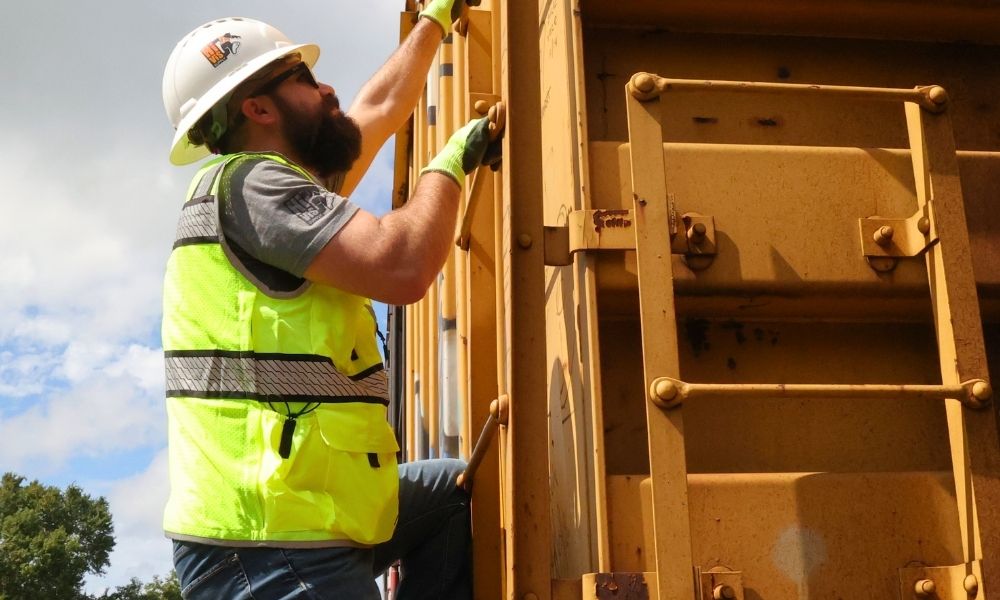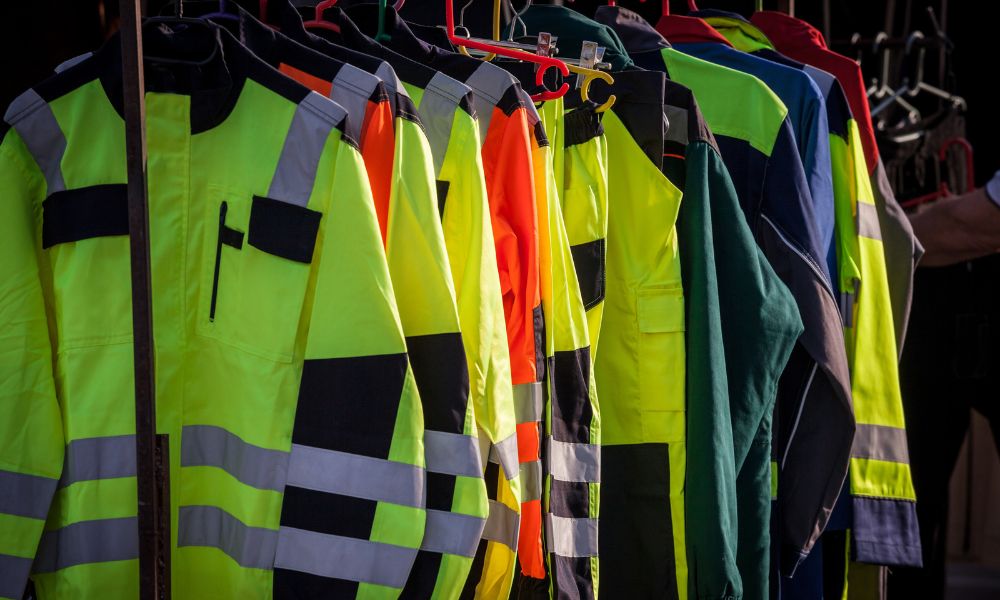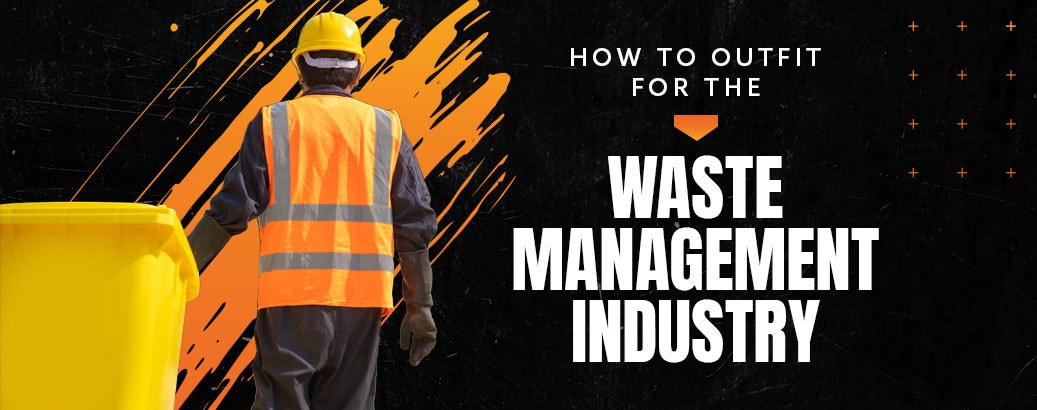Cold Weather Body Maintenance Tips for the Outdoor Worker
- By HiVis Supply
- Dec 12, 2019

Cozy nights by the fire, holiday cheer and Monday night football games are just a few things we love about winter. But, if you’re an outdoor worker of any kind, you may have a few other concerns about the cold weather approaching. If you work outside in professions like construction, utilities, landscaping, transportation, oil and gas or agriculture, chances are you’re already thinking about how you’re going to cope with the cold this season.
HiVis Hank and the team here put together a helpful guide chock full of helpful body maintenance tips to help keep you safe and warm in cold weather.
What to Drink
- Hydrate often. Many folks overlook the risk of dehydration in winter, but the truth is that dehydration is common in cold weather and can cause headaches, dizziness and fatigue.
Here are some cold hard facts: When temperatures plummet, thirst sensation is diminished by about 40% and the kidneys fail to send our brain the signals we need to let us know we’re thirsty. Plus, we lose a lot of water from our bodies when it’s cold due to respiratory fluid loss. That’s because cold air has less moisture than warm air, so our lungs pull water from our bodies.
Most adults need around four liters of water a day to avoid dehydration. HiVis Hank says, “If your pee is dark yellow or smells strong, you’re not getting enough water!”
Drink warm beverages. Water is important to maintaining hydration, but you can also mix in warm electrolyte drinks. Just watch out for drinking too many caffeinated beverages like coffee, tea and hot chocolate as they can further dehydrate you.
What to Eat.
- Don’t skip meals. When your body feels cold it responds by telling you what it needs, and that’s food. Food is fuel and can help outdoor workers withstand cold working conditions and fight fatigue.
- Eat the right foods. A diet high in protein and a mix of carbohydrates and fats are ideal when battling cold temperatures. Good examples of a cold weather diet include pasta dishes, soups and last night’s leftovers.
Eat often. HiVis Hank really likes this tip. It means he gets to snack throughout the day. Try eating 6-8 times a day. An easy way to do this is to mix in snacks with meals to help your body convert food calories to heat all day long.
What to Avoid
- Stay dry. Wet or damp clothing can quickly drop your body temperature, putting you at an increased risk of experiencing a cold-related injury. Moisture-wicking clothing like these can help pull moisture away from your body and is ideal as a base-layer clothing option.
- Lone worker situations. Lone workers are at increased risk of illness, injury or death when working in extreme cold. Use the buddy system when working in cold weather and train all workers to know the signs and symptoms of cold stress. Cold-related illnesses such as hypothermia, frostbite and trench foot can affect different people in different ways, so it's critical that workers know how to recognize the signs.
Read HiVis Supply’s Cold Weather Guide to Cold Stress Prevention for information about cold stress, symptoms and how to avoid it.
- Alcohol. It’s no secret that alcohol can impair judgement, so it should be no surprise that you shouldn’t be drinking on the clock. But did you know that alcohol can also constrict your blood vessels keeping warm blood from reaching extremities and increasing your chance of frostbite? So be sure to keep your alcohol consumption to a minimum during the cold weather months!
What to Wear
- Winter Work Wear Suggestions. Wear a moisture wicking base layer to draw sweat away from your body and keep your skin dry. Add an intermediate layer like a thermal undershirt or sweatshirt to insulate your body. Finally, choose water-resistant outer layers like bomber jackets, parkas and windbreakers. There are a variety of high visibility options on the market specially created for outdoor workers. Take a look here.
- Boots and Ice Grips. Choose work boots that not only offer warmth and water-resistance, but also offer slip resistance. If you have a favorite pair of work boots, consider a pair of ice cleats (traction devices) that can be worn over the top of your boots. Just remember that ice grips are meant to prevent slip and falls on ice — not to be worn on metal surfaces like loading docks or slippery surfaces like tile, sealed concrete or indoor surfaces.
Read 3 Steps To Layer High Visibility Clothing & Maximize Safety for HiVis Hank’s best practices on winter workwear.
Cover your head. We lose much of our body heat through our heads, so keep a warm hat or beanie around for those cold days. Look for tightly-woven water-resistant materials that can protect against wind, rain and cold temperatures.
Take Care of Your Skin
- Slather on the lotion. HiVisHank may have a beautiful fur coat that keeps him warm, but he knows how important it is to protect his otherwise exposed areas. Lotions and barrier creams are an ideal way to protect exposed skin like your face and hands from chapping and chafing.
Use hand protection. Mittens are warmer than gloves, but can put a damper on your dexterity. That’s not to say they aren’t useful. Keep a pair handy you can use when the temperatures drop to dangerous temperatures. Otherwise, choose water-resistant thermal gloves and liners that allow you to perform your tasks and stay warm.
Know Your Body.
- Take breaks. Listen to your body and take breaks often. Find shelter that allows you to raise your body temperature and dry off. HiVis Hank ran across this Work/Warm-Up Schedule from the American Conference of Governmental Hygienists that may help you create a rest schedule.
- Get some sleep. The National Sleep Foundation says adults need 7-9 hours of sleep for their body to operate at peak performance. Sleep debt can lead to impaired reasoning ability and cause health issues such as fatigue, obesity, weakened immunity, memory issues, mood changes, poor balance and high blood pressure. Cold temperatures are already wreaking havoc on our bodies, lack of sleep just multiplies the stress.
HiVis Hank Recommends Keeping a Safety Kit in the Event of a Winter Emergency
Keep a cold weather kit in your work truck, locker or tool box in case you are impacted by a severe weather emergency. That way no matter where you are; at work, at home or on the road, you can rescue yourself and survive otherwise dangerous conditions. OSHA recommends storing an emergency kit in your vehicle with the following items. Check out the full Winter Weather preparedness guide from OSHA.
- Cellphone or two-way radio
- Windshield ice scraper
- Snow brush
- Flashlight and extra batteries
- Shovel
- Tow chain
- Traction aids
- Emergency flares
- Jumper cables
- Snacks
- Water
- Road maps
- Blanket and change of clothes
Now that you have a few cold weather strategies in your toolbox, let’s get back to enjoying all that the season has in store. But if you find you have more questions or just want to chat, we’ve got your back. Just click here to talk to one of our knowledgeable team members, maybe even HiVis Hank will jump on the call.



